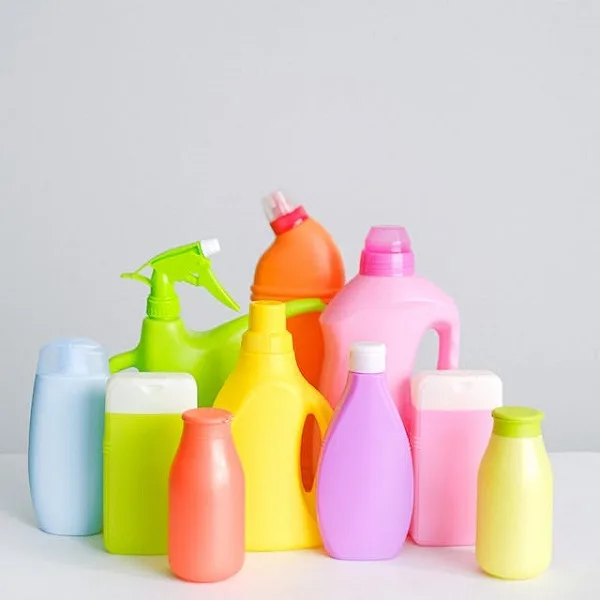At BookChem, we’re committed to helping formulators adopt safer, sustainable alternatives without sacrificing performance. Among the most versatile and environmentally friendly surfactants on the market today are alkyl polyglucosides (APGs). Derived from renewable raw materials such as coconut oil and glucose, APGs offer mildness, biodegradability, and excellent compatibility with a variety of formulations.
One key feature that makes APGs valuable in personal care and household products is their foaming ability—a critical performance metric in shampoos, facial cleansers, hand soaps, and dishwashing liquids.
What Are Alkyl Polyglucosides (APGs)?
Alkyl polyglucosides are nonionic surfactants formed by reacting fatty alcohols (C8–C16 chain lengths) with glucose. Depending on the carbon chain length, different APG variants exhibit unique characteristics in terms of foam volume, foam stability, viscosity, and compatibility.
Common APG types include:
- C8–C10 APG (Capryl/Capric Glucoside)
- C10–C12 APG (Decyl Glucoside)
- C12–C14 APG (Lauryl Glucoside)
- C12–C16 APG (Coco Glucoside)
Foam Volume & Stability Comparison
Foaming capacity and foam retention time are major indicators of performance in surfactant-based systems. Based on our lab evaluations, we observe:
C8–C10 APG (Capryl/Capric Glucoside)
- Produces quick-acting, fine foam
- Excellent foamability in low-viscosity systems
- Less dense foam but ideal for gentle cleansing products
C10–C12 APG (Decyl Glucoside)
- Balanced foam production and stability
- Commonly used in facial cleansers and baby products
- Works well in combination with anionic surfactants like SLES for enhanced results
C12–C14 APG (Lauryl Glucoside)
- Rich, creamy foam with high stability
- Often chosen for shampoos and foaming body washes
- Slightly less soluble but superior tactile feel
C12–C16 APG (Coco Glucoside)
- Offers long-lasting foam and good emulsifying power
- Well-suited for sulfate-free systems
- Compatible with essential oils and botanical actives
Optimizing APG Usage in Formulations
When formulating with APGs, it’s important to consider their synergy with other ingredients:
- With Anionic Surfactants: APGs improve foam stability and reduce irritation
- With Amphoteric Surfactants: Enhance viscosity and boost foam density
- In Natural Systems: Serve as primary or secondary surfactants in green-certified products
Dosage typically ranges between 3% to 15%, depending on the desired foaming profile and skin mildness requirements.
Applications of APGs Across Industries
| Industry | Application | Role of APG |
|---|---|---|
| Personal Care | Shampoos, cleansers, baby wash | Mild cleanser, foam booster |
| Home Care | Dishwashing liquids, hand soaps | Low-irritation degreasing |
| Industrial | Car wash, fabric care | Biodegradable foaming agent |
Sustainable Surfactant Solutions with BookChem
At BookChem, we source RSPO-certified, biodegradable APGs with reliable supply chains and consistent batch quality. Our APG product line supports clients targeting:
- Sulfate-free product launches
- Sensitive-skin cosmetic formulations
- Eco-label and ECOCERT compliance
- High-foam, low-toxicity industrial applications
🔍 Need Help Choosing the Right APG?
Our R&D team can recommend the best alkyl polyglucoside variant for your formulation, whether you’re optimizing for mildness, foam height, or environmental claims.
Contact BookChem Today to request technical sheets, formulation samples, or expert guidance.

